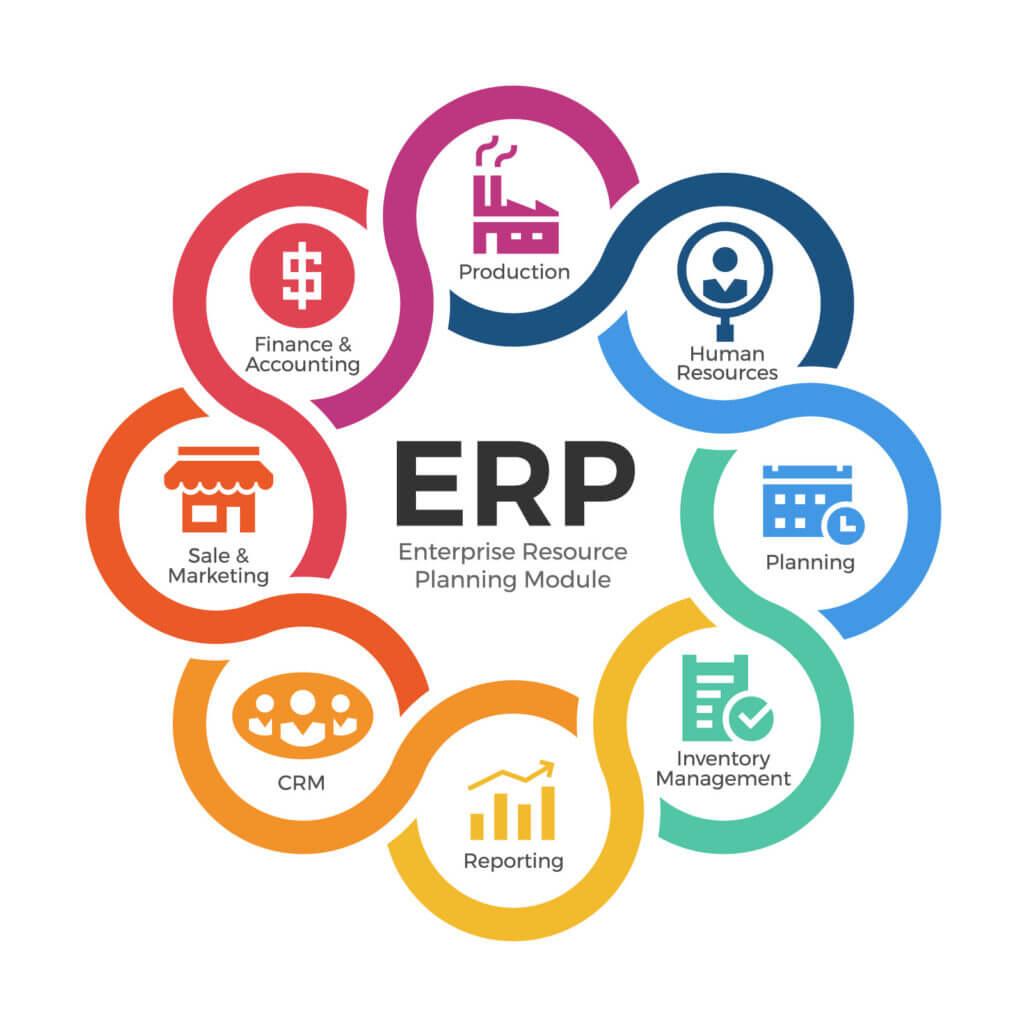ERP Software Market Size, Share & Growth Forecast | 2035

The global landscape of ERP Software Market Companies is a highly stratified and mature ecosystem, dominated by a small cadre of Tier 1 global giants who have, for decades, defined the industry. This top tier, including powerhouses like SAP, Oracle, and Microsoft, has built an almost unassailable market position by providing comprehensive, end-to-end suites of business management software that serve as the central nervous system for the world's largest corporations. Their business model is predicated on offering a single, integrated platform that manages every critical business function, from finance and human resources to supply chain management and manufacturing. Their strength lies in their immense R&D budgets, their global scale, their deep vertical industry expertise, and their powerful brand reputation. These incumbents have a massive, deeply entrenched installed base, and the high switching costs associated with replacing a core ERP system create a formidable competitive moat that ensures their continued market dominance. The ERP Software Market size is projected to grow USD 100 Billion by 2035, exhibiting a CAGR of 5.57% during the forecast period 2025 - 2035.
Occupying the next major tier is a diverse and highly competitive group of Tier 2 and Tier 3 vendors, each of whom has carved out a significant and valuable niche in the market. This includes companies like Infor, which has successfully competed by focusing on deep, pre-configured solutions for specific "micro-verticals" in the manufacturing and distribution sectors. It also includes a host of vendors that specialize in serving the needs of the small and medium-sized enterprise (SME) market, such as Sage and Epicor. These players compete not by trying to match the sheer breadth of the Tier 1 giants, but by offering more agile, more cost-effective, and often more user-friendly solutions that are better suited to the needs and budgets of mid-sized companies. The rise of cloud computing has been a major enabler for this tier, allowing them to offer sophisticated ERP capabilities as a SaaS subscription, which has dramatically lowered the barrier to entry for their target customers.
Finally, the market is being fundamentally reshaped by the emergence of a new category of "post-modern" and cloud-native ERP providers. These companies, some of which started as best-of-breed point solutions in areas like finance (e.g., Workday) or CRM (e.g., Salesforce, who are increasingly expanding into the ERP space), are challenging the monolithic, all-in-one suite model of the traditional vendors. Their value proposition is built on a more flexible, API-first, and user-centric architecture that allows customers to assemble a "best-of-breed" ERP solution by integrating a core financial or HR system with a variety of other specialized cloud applications. This composable approach is highly attractive to forward-thinking companies that are looking for greater agility and a better user experience than the often-clunky interfaces of the legacy ERP systems, creating a new and powerful disruptive force in this mature market. The ERP Software Market size is projected to grow USD 100 Billion by 2035, exhibiting a CAGR of 5.57% during the forecast period 2025 - 2035.
Top Trending Reports -
- Art
- Causes
- Crafts
- Dance
- Drinks
- Film
- Fitness
- Food
- Jocuri
- Gardening
- Health
- Home
- Literature
- Music
- Networking
- Alte
- Party
- Religion
- Shopping
- Sports
- Theater
- Wellness



